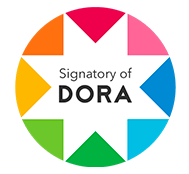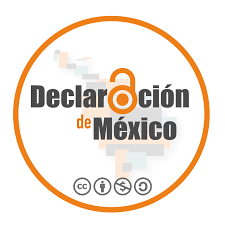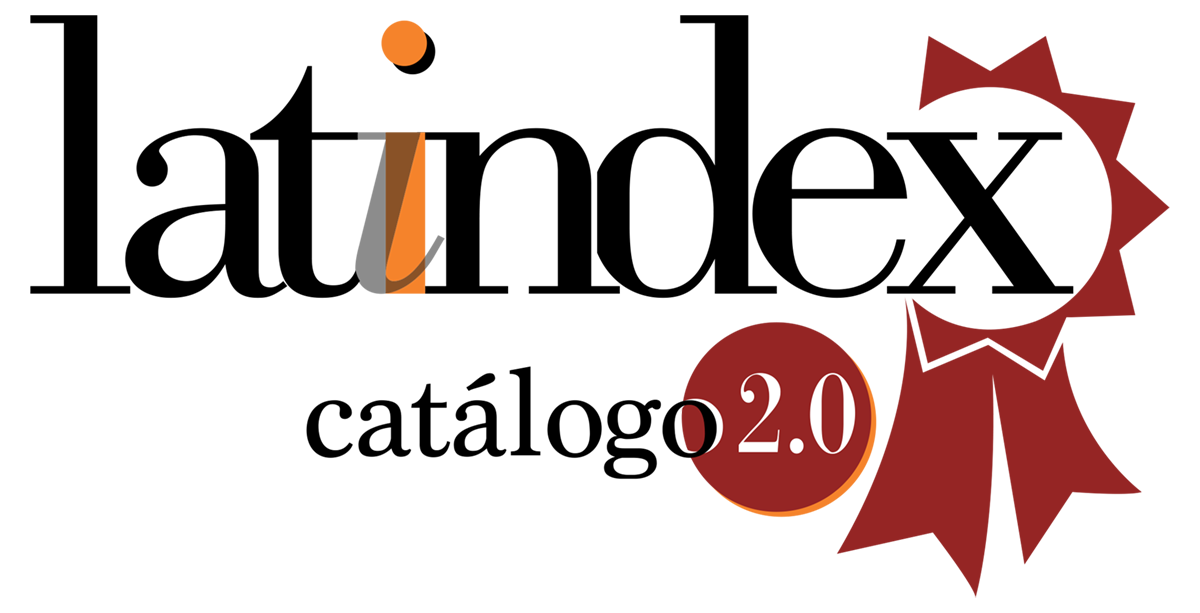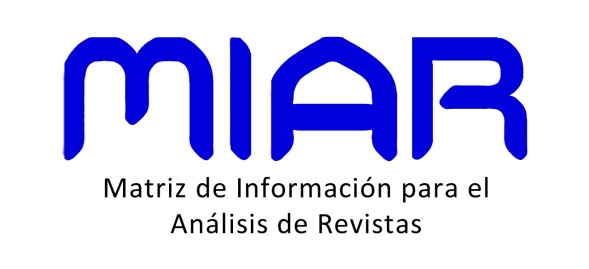Creation, interpretation and audition. Strategical integration for learming harmony in musical interpretation students
DOI:
https://doi.org/10.21932/epistemus.5.3856.2Keywords:
Music didactics, Harmony learning, Musical education, Musical language, Didactic strategiesAbstract
Nine students of musical interpretation belonging to the last year of a course of Solfeggio and Auditory Practice carried out the didactic activity of creating a piece of music in small groups, with the purpose of putting into practice harmonic subjects present in the program of studies of the course. Orienting themselves according to a work pattern, they elaborated these pieces for their respective specialty instruments. Subsequently, the creations were interpreted by each group to the rest of the course, so that they would discover aurally the harmonic links used in them.
The students were very motivated to take on the challenge of creating, an unusual activity for the majority. The instrumental pieces were listened to and commented on by the course and each group was able to describe their work demonstrating theoretical mastery over the pedagogical unit in question. As for the auditory recognition of the harmony used in them, the students achieved very good results, although previously the majority manifested difficulties in this matter.
In this communication, I propose some hypotheses that emerged during the course of my teaching, taking as a reference the experience with this group of students, who presented unusually low performances in the resolution of harmonic auditory exercises. I present in a critical way the way in which some of the didactic activities oriented to the development of the harmonic ear are carried out and I propose some ideas to contribute to improve these pedagogical practices.
Downloads
Metrics
Downloads
Published
How to Cite
Issue
Section
License
Politica vigente desde octubre de 2019
La aceptación del manuscrito por parte de la revista implica la cesión no exclusiva de los derechos patrimoniales de los/as autores/as en favor del editor, quien permite la reutilización, luego de su edición (postprint), bajo una Licencia Creative Commons Atribución-NoComercial-CompartirIgual 4.0 Internacional (CC BY-NC-SA 4.0)
Acorde a estos términos, el material se puede copiar y redistribuir en cualquier medio o formato siempre que a) se cite la autoría y la fuente original de su publicación (revista y URL de la obra), se brinde el acceso a la licencia y se indique si se realizaron cambios; b) no se utilice el material para fines comerciales.
La cesión de derechos no exclusivos implica que luego de su edición (postprint) en Epistemus los/as autores/as pueden publicar su trabajo en cualquier idioma, medio y formato; en tales casos, se solicita que se consigne que el material fue publicado originalmente en esta revista.
Tal cesión supone, también, la autorización de los/as autores/as para que el trabajo sea cosechado por SEDICI, el repositorio institucional de la Universidad Nacional de La Plata, y sea difundido en las bases de datos que el equipo editorial considere adecuadas para incrementar la visibilidad de la publicación y de sus autores/as.
Asimismo, la revista incentiva a los/as autores/as para que luego de su publicación en Epistemus depositen sus producciones en otros repositorios institucionales y temáticos, bajo el principio de que ofrecer a la sociedad la producción científica y académica sin restricciones contribuye a un mayor intercambio del conocimiento global.
















